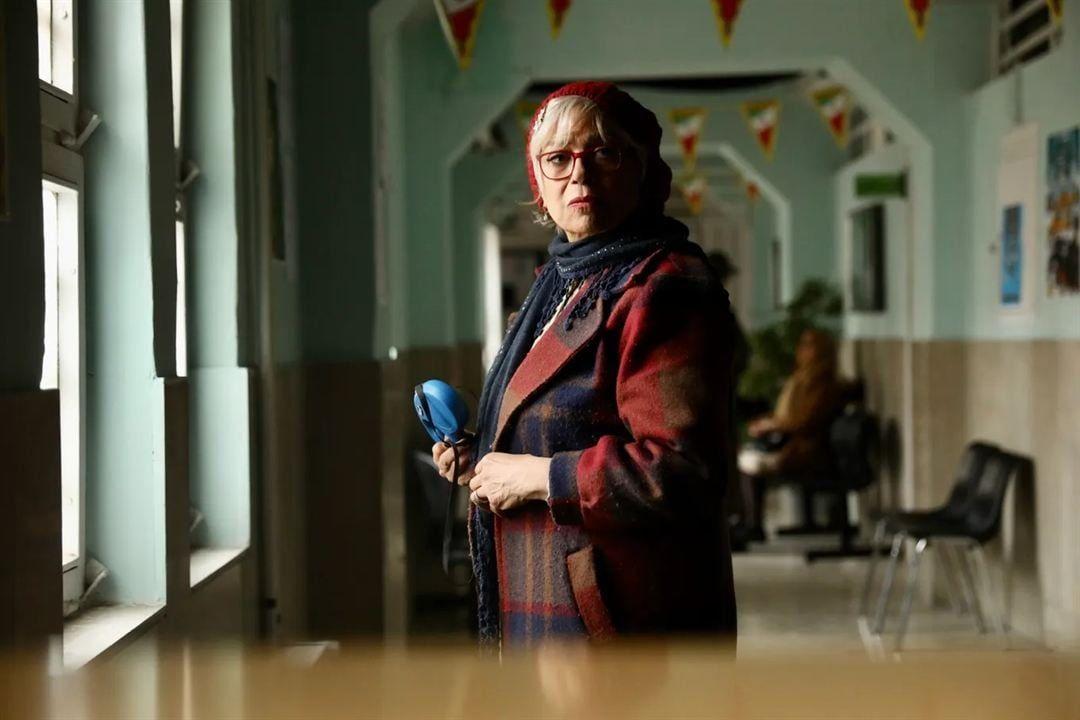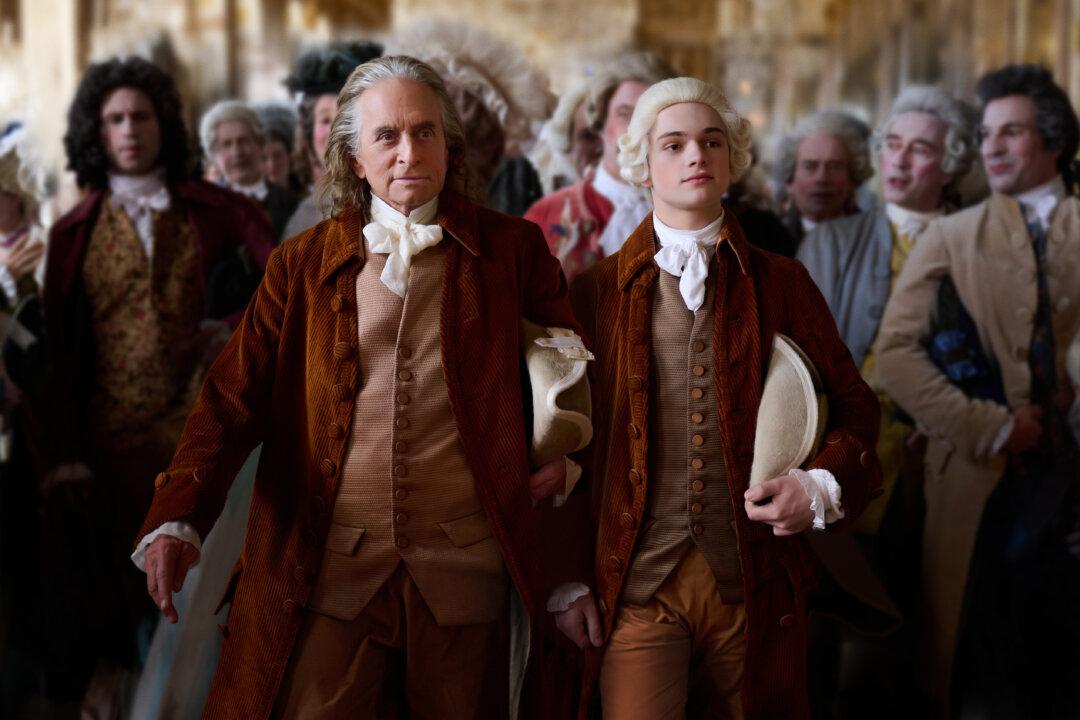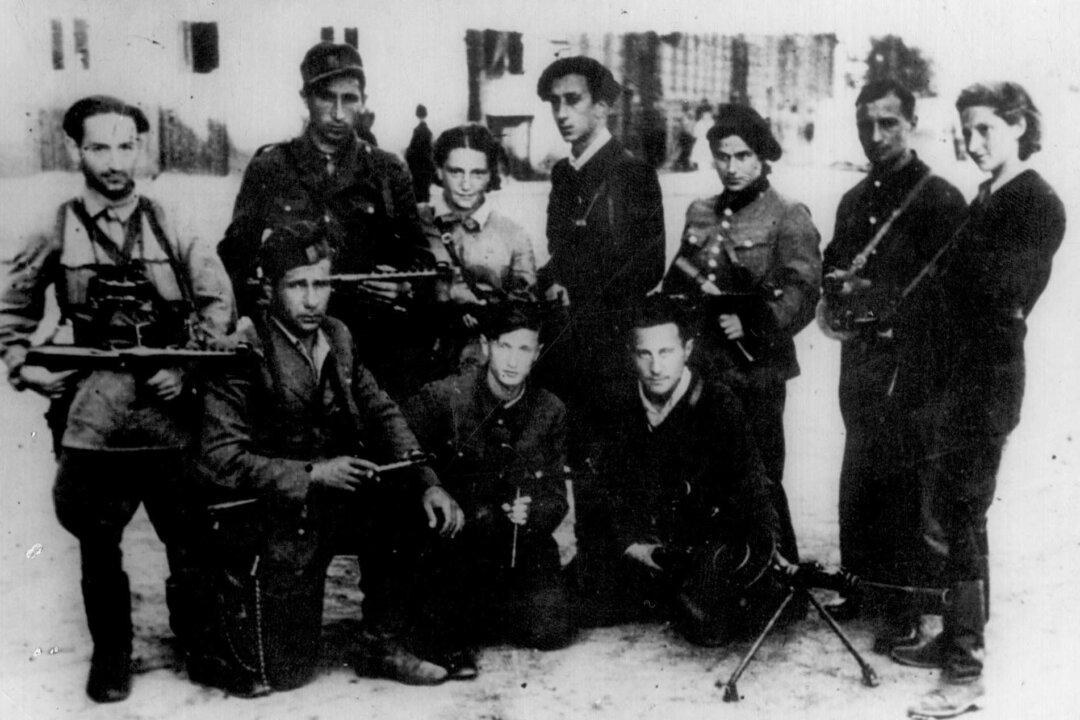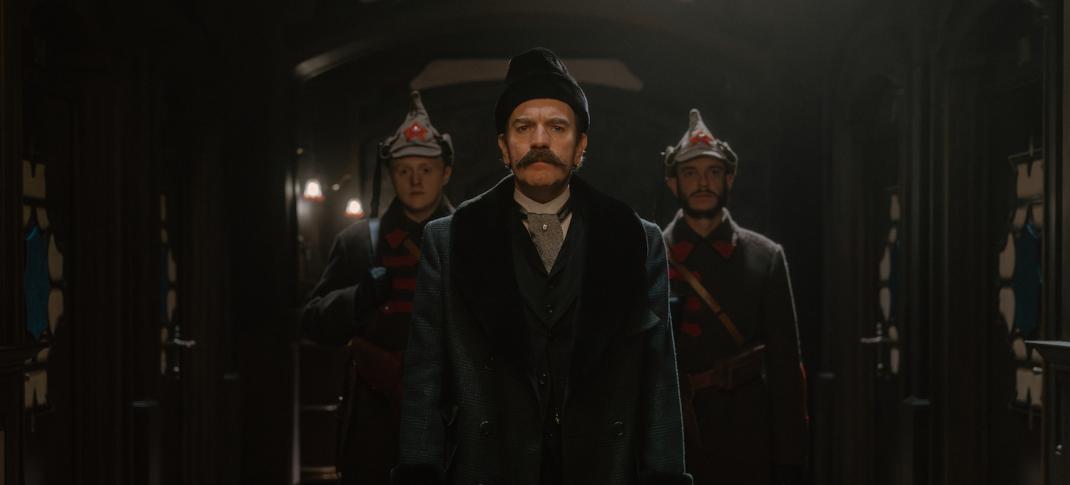Depending on who you ask, Margaret Keane’s big-eyed children paintings are either a precursor to George Rodrigue’s gallery-accepted Blue Dog paintings or a spiritual forerunner of Thomas Kinkade’s kitsch. Either way, the key point for her new bio-film treatment is that they really were her paintings and not the work of her credit-stealing husband. It is a strange story, but it is told in a disappointingly conventional manner in Tim Burton’s “Big Eyes.”
Margaret Ulbrich packed up her daughter and walked out on her first husband at a time when such drama was scandalous. She relocated to San Francisco to pursue her dream of making it as an artist, but the only eye her work catches is that of Walter Keane.
He too fancies himself an artist, but the real estate broker only has a talent for salesmanship. Convinced she needs taking care of, Ulbrich soon marries the brash Keane, believing their mutual interest in art will be a good thing.
One fateful night at Enrico Banducci’s hungry i club, Keane manages to sell one of his wife’s paintings, but he kind-of sort-of allows the purchaser to believe he is the artist. One thing leads to another and soon Walter Keane is a media sensation.
Although she is troubled by the arrangement, Mrs. Keane keeps churning out big eyes to feed her husband’s growing pop culture empire. However, despite his secret fraud, Walter is bizarrely vexed by the proper art world’s snobbish appraisal of his (meaning her) work, leading to some odd confrontations with the profoundly unimpressed art critic John Canaday, who really ought to be considered the hero of this picture.

Of course, MDH Keane (as she starts to sign paintings) will eventually have enough of her husband’s manipulations and deceit. Running off to Hawaii, Keane restarts her life after joining Jehovah’s Witnesses. When she is finally ready, she will assert her claim to the Big Eyes body of work, precipitating a court battle for rights to the Keane brand.
There are many aspects of “Big Eyes” that will make people want to like it. After all, how often do films feature Cal Tjader jamming in Banducci’s club or portray Jehovah’s Witnesses in favorable, empowering light?
Unfortunately, Burton’s uninspired made-for-cable vibe and Christoph Waltz’s overly manic performance always feel at odds with each other. The climactic courtroom scenes are particularly problematic, coming across excessively jokey, without ever delivering a good punch line.

At least Waltz is trying. As Margaret Keane, Amy Adams and her woe-is-me victim routine simply fade into the background. Their teenage daughter also periodically wanders in and out of the film, but good luck remembering anything she says or does.
Still, Burton and a fine supporting cast make the pre-hippy San Francisco scene come alive on-screen. Jon Polito flat-out steals the film as the charismatic Banducci, while Terence Stamp’s Canaday is a tart-tongued joy. Danny Huston also adds some desperately needed acerbic flair as journalist Dick Nolan, who narrates the film as if it were a newspaper column.
Given Burton’s name in the credits, viewers will be waiting for “Big Eyes” to get good and crazy. Unfortunately, Scott Alexander and Larry Karaszewski’s screenplay is the cinematic equivalent of a Reader’s Digest condensed book. You can pick up the general outline, but the distinctive idiosyncrasies are largely glossed over.
The results are disappointing, especially for Burton fans. Mostly just okay, “Big Eyes” will probably only satisfy Keane collectors.
‘Big Eyes’
Director: Tim Burton
Starring: Amy Adams, Christoph Waltz, Krysten Ritter
Running time: 1 hour, 43 minutes
Release date: Dec. 25
Rated PG-13
2.5 stars out of 5
Joe Bendel writes about independent film and lives in New York. To read his most recent articles, please visit www.jbspins.blogspot.com



